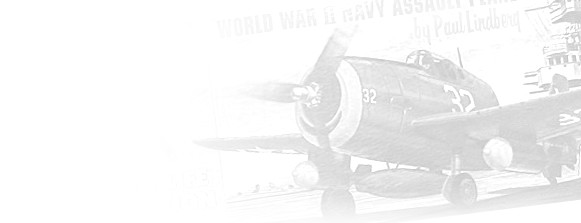
1/72 7264 Amodel La-250 Anaconda
Plastic Model Kit, Box Condition: VG
From all new molds and features all fine recessed panel lines, good duel cockpit, intakes with compressor fans, air-to-air missiles and more. Never started and the parts are still in the internal factory sealed bags and includes decals and instructions. Planned in response to a January 1954 requirement for a super-interceptor able to cruise long distances at high altitudes with missiles able to provide a ‘snap-down’ attack capability against targets at lower altitudes, the La-250 was known unofficially as the Anaconda, both for it's looks and flight handling characteristics. Featuring a 57 degree delta wing, slab delta tailplane, and a fuselage of near-constant cross section, the La-250 was powered by two Lyulka AL-7F turbojets each rated at 6500kg which were later to be fitted with afterburners boosting thrust to 9000kg. All control surfaces were fully powered with duplex systems and without manual reversion. Intended armament was a pair of K-15 missiles that rode the beam of the Uragan (Hurricane) radar, which had a range of 30km. The missiles were canceled and the radar never made it into an aircraft before the development was cut short. Although the La-250 was intended as a single-seater in operational form, prototypes were completed as two-seaters to provide accommodation for a test observer, and the first of three flying examples was completed in July 1956. The first flight was attempted on 16 July, but the test pilot, A G Kochetkov, encountered an unexpectedly rapid roll moment and lost control. Extensive testing of a systems rig followed before acceptable characteristics were attained and flight testing could be resumed. Investigation revealed a severe roll-coupling problem derived from the combination of a long heavy fuselage and small wings. Enormous effort went into the creation of a new electronic flight-control system, and a successful first flight was recorded in spring 1957. The third La-250 had its nose lowered by six degrees to give better visibility on landing, the poor view forward having been determined as a factor in the second crash. The second aircraft was lost in a landing accident on 28 November 1957, and the third aircraft also suffered a landing accident on 8 September 1958.The flight test program suffered continual delays as a result of poor engine reliability and the full testing had not been completed when the program was canceled just before Semyon Lavochkin’s death in 1960. The program was dropped in favor of the Tu-28 Fiddler. (The aircraft history is from all-aero-com)
This item has been sold.
Click here to return to the main page.
